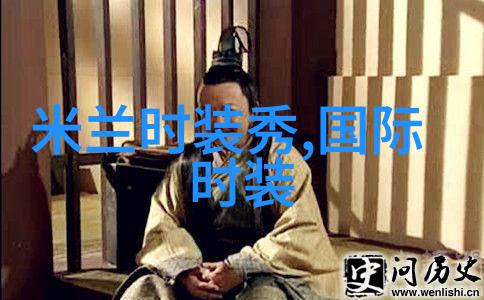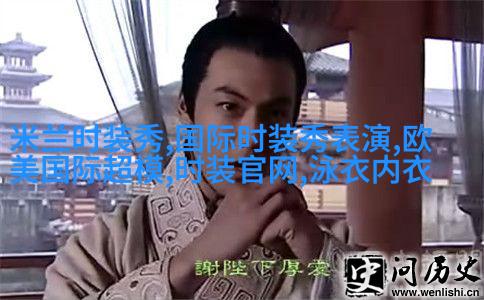Can traditional Chinese attire like cheongsam dres
In the realm of fashion, clothing has always been a reflection of culture and tradition. With the ever-changing world we live in today, it's fascinating to see how traditional garments are being reimagined and adapted for modern occasions. One such garment that has gained significant attention is the cheongsam dress - a classic representation of Chinese elegance and sophistication.

The cheongsam dress is an iconic piece of traditional Chinese attire that dates back centuries. Its origins can be traced back to the Song Dynasty (960-1279 AD), when women wore loose-fitting robes called "qipao". Over time, these robes evolved into more fitted garments with intricate designs and patterns. The term "cheongsam" itself comes from the Cantonese dialect meaning "long shirt", which refers to its original design.
Traditionally worn by women during special occasions like weddings and festivals, cheongsams have been synonymous with Chinese elegance and grace. However, as times changed and Western influences began to seep into China's cultural landscape, this traditional garment was often relegated to historical relics or museum pieces.

Fast forward to today - in recent years there has been a resurgence of interest in preserving our cultural heritage through fashion. Designers around the world have taken inspiration from these ancient garments to create modern adaptations that are both stylishly relevant while still paying homage to their roots.
One key aspect that sets apart contemporary interpretations of flag-inspired gowns is their versatility. Gone are the days where only specific fabrics were used; designers now experiment with different materials ranging from silk and cotton blends to even metallic fabrics! This flexibility allows individuals who want to incorporate elements of their heritage into their wardrobe without compromising on comfort or practicality.

Another exciting development is how designers are mixing up textures within each piece - combining smooth silks with delicate lace details or pairing soft tulle underlays with structured bodices creates visually stunning contrasts that elevate any outfit beyond mere aesthetics alone!
Furthermore many brands nowadays offer bespoke options allowing clients personal touches tailored specifically towards individual preferences whether they prefer bold statement prints or understated monochromatic hues there truly seems no limit as long as one stays true-to-self while respecting cultural norms

Flag-inspired evening wear isn't just about aesthetics however but also carries symbolic weight In choosing this type-of-gown for formal events one makes a statement not only about personal taste but also commitment towards preserving our collective past As such wearing something like this becomes more than just dressing up – it becomes an act self-expression tied deeply rooted values shared amongst generations before us
Lastly what’s most remarkable here perhaps lies less within clothes themselves rather than way people embrace them There’s growing recognition among younger generations especially those born after Cultural Revolution era – when anything deemed “traditional” was viewed suspiciously – recognize value & importance attached toward things inherited history family stories etc For them embracing Cheong-Sams means embracing part themselves acknowledging ancestral ties & pride in belonging

All told adapting traditional clothing such as Cheong-Sams for contemporary settings offers rich opportunities exploration creativity innovation Moreover by doing so we stay connected keep alive essence timeless beauty found within countless cultures worldwide We cannot help but ask ourselves then: Can Traditional Attire Be Adapted Modern Occasions? To answer yes would mean celebrating diversity & unity simultaneously What do you think?